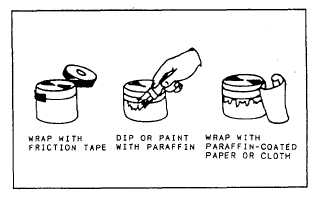Figure 15-7.-Taking a composite sample from a small
windrow.
in drawing the soil profile, and in estimating the
physical properties of soils encountered in the
field.
Generally, 100 g of soil is enough to determine
the moisture content of fine-grained soils. Larger
samples are required for soils that contain gravel.
Normally, moisture content samples are placed in
metal dishes (canisters) that have tight-fitting
covers; however, any other clean container
that can be adequately sealed may be used.
When the moisture content test is to be per-
formed within 1 day after the sample is
Figure 15-8.-Sealing a container to retain moisture content
of a sample.
obtained, sealing of the container is not
required. If a longer time interval will elapse
between sampling and testing, the containers
may be sealed, as shown in figure 15-8.
UNDISTURBED SAMPLES
UNDISTURBED soil samples are those that
are cut, removed, and packed with the least
possible disturbance. They are samples in which
the natural structures, void ratio, and moisture
content are preserved as carefully as possible.
Samples of this type are used for determining the
density (unit weight) of soil in the laboratory and
investigating the strength of undisturbed soils in
the laboratory by the CBR or unconfined com-
pression tests. These samples may be shipped to
more completely equipped laboratories for shear,
consolidation, or other strength tests.
Types of undisturbed samples are chunk
samples, cut by hand with a shovel and knife, and
cylinder samples, obtained by use of a cylindrical
sampler or the CBR mold equipped with a sampl-
ing cutter. Expedient methods of obtaining
cylinder samples are also used.
The method of sampling chosen depends upon
the equipment available, the tests required, and
the type of soil. All undisturbed samples must be
handled with care. Cohesionless soil samples must
be kept in the container until ready for testing,
and the container should be handled without
jarring or vibration. Some soils are too hard or
contain too many stones to permit sampling with
the cylindrical samplers and can be sampled only
by cutting out chunks by hand. Taking of un-
disturbed samples frequently requires a great deal
of ingenuity in adapting the sampling devices to
job conditions and in devising schemes for their
use. Whatever method is used, the sample must
be taken and packed in the container for shipment
without allowing its structure to change. Protec-
tion against change in moisture content during
sampling and shipment is also required.
Chunk Samples
The simplest type of undisturbed sample is
the chunk sample. It should be noted, however,
that these can be obtained
will not deform, break, or
removed.
only from soils that
crumble while being
15-11




